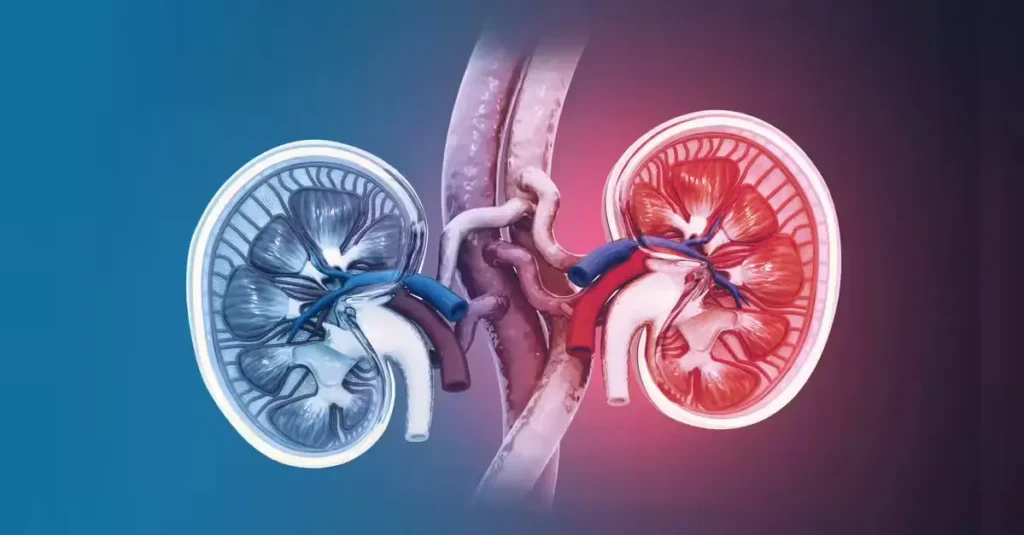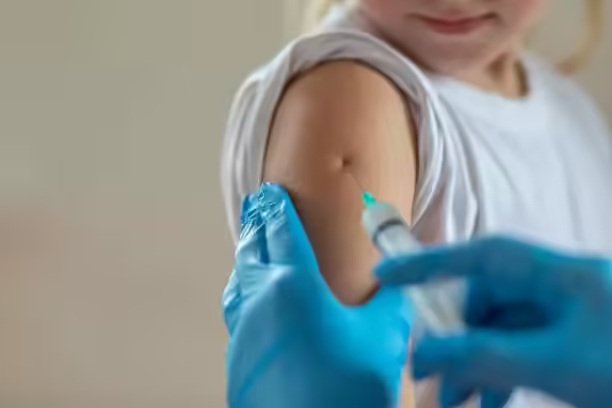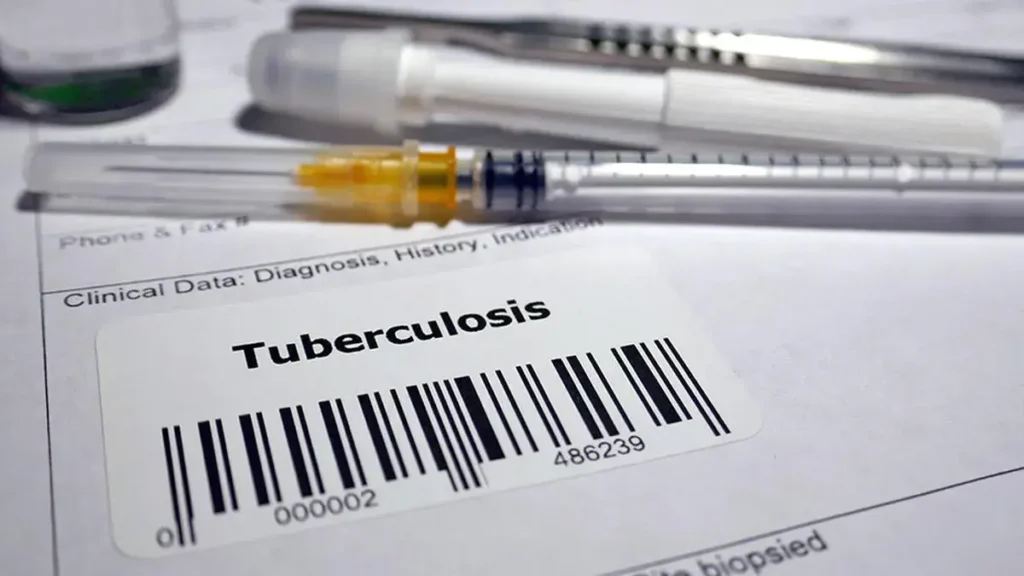Kidney Cancer Cases Could Nearly Double Worldwide by 2050: Study
A new global study warns that kidney cancer cases may almost double over the next quarter century if current health trends continue. Researchers from Europe, the US, and the UK examined data from the Global Cancer Observatory of the International Agency for Research on Cancer, projecting a dramatic surge in both incidence and mortality. In 2022, around 435,000 new cases and 156,000 deaths from kidney cancer were recorded worldwide. By 2050, the figures could rise to nearly 746,000 cases (a 72% increase) and over 304,000 deaths (a 96% rise), according to findings published in European Urology. The rise is linked largely to modifiable risk factors such as obesity, hypertension, diabetes, smoking, and physical inactivity, alongside environmental exposures. While 5–8% of cases are estimated to have a genetic basis, researchers emphasized that more than half of all kidney cancer cases are preventable. “Kidney cancer is becoming a global health challenge. Clinicians and policymakers must brace for this sharp increase,” said senior author Alexander Kutikov, Chair of the Department of Urology at Fox Chase Cancer Center in the US. He noted that lifestyle interventions—including maintaining a healthy weight, controlling blood sugar and blood pressure, and quitting smoking—can substantially reduce risk. The study also revealed wide geographical and gender-based disparities in incidence and survival. Five-year survival rates currently range between 40% and 75%, with wealthier nations expected to benefit from early detection through routine imaging and better access to advanced treatments such as surgery and radiotherapy. The findings add to a broader global concern: a recent Lancet analysis estimated that annual cancer deaths of all types may climb by 75% over the next 25 years. Alarmingly, 40% of these deaths are linked to 44 preventable risk factors, including poor diet, tobacco, and high blood sugar. Source: PTI
Kidney Cancer Cases Could Nearly Double Worldwide by 2050: Study Read More »










